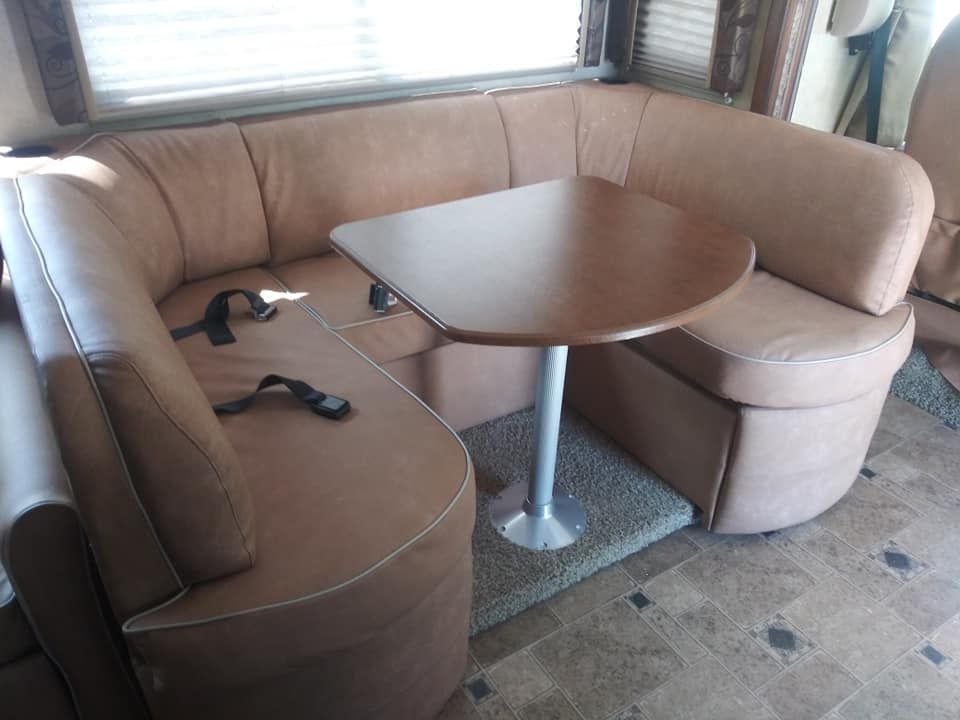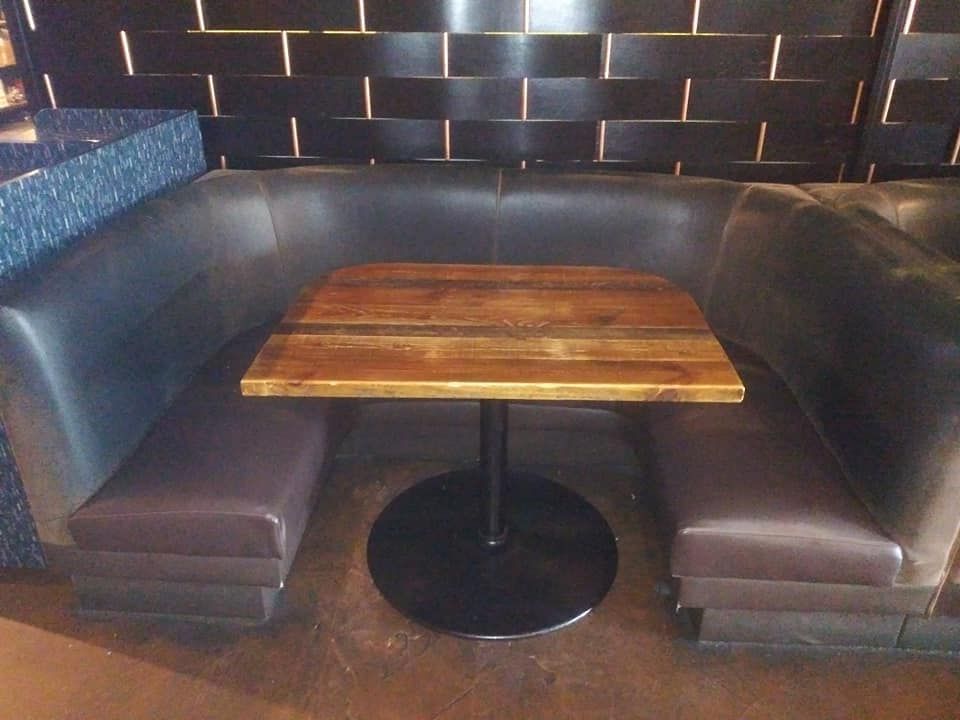How to Choose the Right Exam Table Upholstery
August 12, 2021
By Express Upholstery Services
When it comes to medical and exam room furniture, upholstery is more than just an aesthetic choice—it directly impacts comfort, hygiene, durability, and patient safety. Whether you're outfitting a primary care office, specialty clinic, or multi-use medical facility, the right upholstery can make a major difference in your operations and patient experience.
Below are key factors to consider when selecting exam table upholstery that meets both functional and environmental demands.
1. Consider the Room’s Purpose
The first step in choosing the right upholstery is to assess how the exam room will be used. Different medical procedures require different levels of material resilience.
- Routine exams or blood draws: Opt for vinyl upholstery, which is cost-effective, easy to clean, and resistant to harsh cleaning agents.
- Specialized procedures (MRI, CT, radiology): Use heavy-duty, medical-grade vinyl that resists electromagnetic interference and supports the use of radiological equipment.
- Multi-purpose spaces: Choose materials that are flexible, non-porous, and can adapt to varied needs throughout the day.
2. Factor in Local Climate Conditions
Your geographical location should influence your material selection. In hot or humid regions, some materials may degrade faster due to heat, steam, or moisture exposure.
- Medical facilities in warmer climates should select backings and surfaces that resist warping or peeling from steam (like that from hot x-ray film).
- Climate-adapted upholstery materials ensure long-lasting performance even under temperature stress.
3. Prioritize Allergen Resistance
In medical settings where patient turnover is high, upholstery must minimize exposure to allergens and pathogens. This is particularly important in:
- Pediatric care
- Physical therapy clinics
- Dental offices
- Shared procedure rooms
Look for materials that are non-porous, antibacterial, and resistant to dust mites, mold, and other allergens. Upholstery should withstand frequent disinfection using commercial-grade cleaners without degrading.
4. Choose the Right Material for Your Needs
Here’s a breakdown of popular exam table upholstery materials and their characteristics:
- Vinyl: Affordable, low-maintenance, and easy to disinfect. Commonly used in medical environments, though not the most durable for high-traffic or heavy-use areas.
- Cotton: Provides a soft, home-like feel. Better suited for clinics with controlled patient volumes and less intensive procedures. Typically requires dry cleaning.
- Synthetic fabrics: Offer a sleek, modern appearance and are relatively easy to clean. They’re a popular choice for high-tech or specialty clinics, though some options may lack long-term durability.
- Wool: Adds natural temperature regulation and comfort. However, it’s not ideal for stain-prone environments and may require special cleaning methods.
Regardless of the fabric, daily disinfecting protocols require materials that can withstand repeated cleaning without cracking, fading, or breaking down.
Work With Upholstery Professionals Who Understand Medical Standards
Medical table upholstery is an investment in both functionality and patient satisfaction. Choosing the right material involves balancing durability, cleanability, aesthetic preferences, and environmental considerations.
At Express Upholstery Services, we specialize in exam table upholstery, as well as commercial and restaurant seating repairs. We use high-quality, medical-grade materials that meet industry hygiene and performance standards.
You might also like



